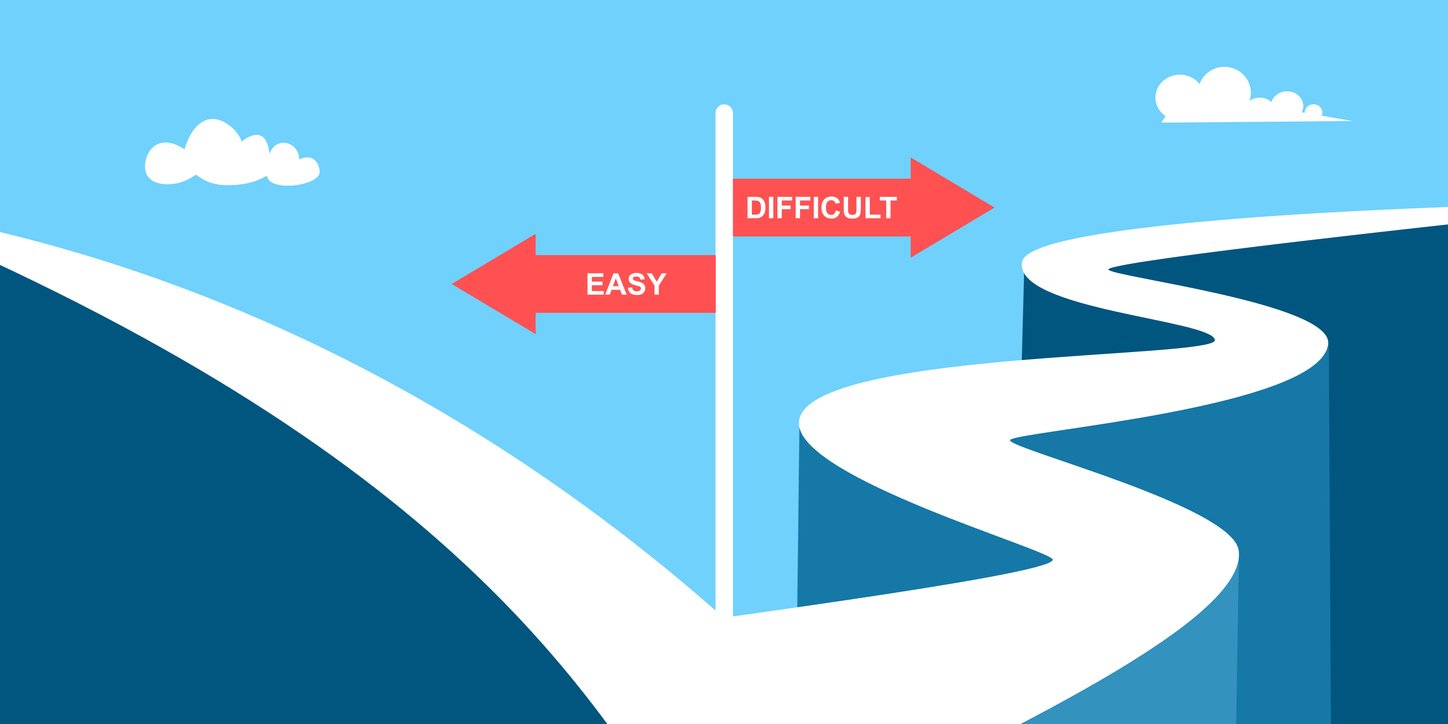Most Founder / CEOs fail due to lack of frameworks
Most Founder/CEOs do not fail because of a lack of ambition—they fail because of a lack of mental models or frameworks. Mental models are how strategically smart leaders simplify complexity, make better decisions faster, and lead with repeatability. In a scaling company, chaos multiplies without mental structure.
You do not need to reinvent the wheel—especially when it comes to how you think, lead, and scale. The business world is already rich with time-tested frameworks built by those who have walked this road before. Your job is not to create new models from scratch, but to adopt and master the ones that work. Stand on the shoulders of giants. Use their thinking to accelerate your execution.
This article outlines the essential models every scaling CEO should operationalize.
CLARITY + THINKING MODELS
1. First Principles Thinking (Elon Musk’s Favorite Model)
Use: Break problems down to foundational truths and rebuild from scratch.
Why it matters: Eliminates false constraints. Unlocks innovation.
Application: Ideal for product design, pricing models, or breaking industry "rules."
Get clear on your assumptions and rebuild with intention—you do not scale by copying; you scale by questioning everything.
2. The Eisenhower Matrix (Urgent vs. Important)
Use: Prioritize strategically over reactively.
Why it matters: Prevents a culture of firefighting.
Application: CEOs and their teams must learn to elevate focus to what is important but not urgent—where real leverage lies.
If everything is urgent, nothing is important.
3. Second-Order Thinking
Use: Account for long-term and cascading effects of decisions.
Why it matters: Short-term gains often backfire.
Application: Hiring, pricing changes, policy decisions—ask: “What happens next? And after that?”
The first consequence is rarely the most important one.

4. Inversion (Charlie Munger’s Anti-Model Thinking)
Use: Focus on how to fail, then avoid those paths.
Why it matters: Great leaders build resilient strategies by removing fragility.
Application: Build your hiring process by first defining how toxic hires get through.
If you want to win, first get clear on how you will lose.
5. Jobs-To-Be-Done (JTBD Framework)
Use: Understand the real problem the customer is solving.
Why it matters: Customers do not buy products—they hire solutions.
Application: Shift product development and marketing to focus on the core “job” being done, not features or functions.
Your customer is not buying your product—they are hiring a solution.
6. Ladder of Inference
Use: Examine how beliefs are formed from data and assumptions.
Why it matters: Misalignment often arises from unconscious inference leaps.
Application: Use it to coach teams through conflict and improve decision hygiene.
Most team conflict is not about facts—it is about assumptions.
7. Disconfirming Evidence (Bayesian Thinking)
Use: Update beliefs in light of new data.
Why it matters: Founders must avoid confirmation bias.
Application: Build in red teams, devil’s advocates, and data reviews that force humility.
Strong opinions must meet stronger data—or be replaced.
EXECUTION + RHYTHM MODELS
8. The Flywheel (Jim Collins – Good to Great)
Use: Design a reinforcing loop of activities that drive momentum.
Why it matters: Momentum compounds. But only when aligned.
Application: Identify your unique growth engine and double down. Get every team member clear on what turns it—because momentum is not magic; it is alignment, repeated relentlessly.

9. Rockefeller Habits (Verne Harnish)
Use: Scale execution through rhythm, priorities, and accountability.
Why it matters: Strategy without execution is hallucination.
Application: Weekly meetings, daily huddles, quarterly rocks, and clear KPIs keep teams aligned and accountable.
Without rhythm, your strategy dies in silence.
10. The OODA Loop (Observe, Orient, Decide, Act)
Use: Adapt and act faster than competitors.
Why it matters: In rapidly changing environments, the fastest learning organization wins.
Application: Conduct after-action reviews. Build real-time dashboards. Empower rapid decentralized decision-making.
Speed is not about moving fast—it is about learning fast.
11. Gapology (Bridge the Gap Between Knowledge and Performance)
Use: Identify and close execution gaps that prevent teams from achieving expected outcomes.
Why it matters: Strategy fails when leaders do not understand where breakdowns occur—in clarity, skill, or leadership. Gapology breaks this down into practical categories that can be immediately addressed.
Application: Use Gapology to evaluate:
-
The Knowledge Gap: Does the team understand what to do and why?
-
The Importance Gap: Do they believe it matters?
-
The Action Gap: Are they equipped and empowered to act now?
If a goal is not met, Gapology prevents finger-pointing and guides leaders toward the root cause—because excuses live in the Action Gap.
12. The Map (Jim Collins – Pathway to Greatness)
Use: Understand your company’s phase on the journey from chaos to greatness—and identify which discipline to focus on next.
Why it matters: Many founders overplay innovation and hustle while underbuilding structure and team. This leads to scale failure. The Map brings discipline to growth.

The Three Stages of The Map:
A. Disciplined People
Key Question: Do you have the right people in the right seats?
Focus: Who before what.
Action: Build your team around cultural alignment and capability, not résumés. Get clear on A-Player criteria. Prune quickly and kindly. Build trust.
Warning Sign: If you are still involved in every decision, you do not yet have Disciplined People.
B. Disciplined Thought
Key Question: Are you confronting brutal facts and anchored in reality?
Focus: Clarity before strategy. Brutal honesty. Deep diagnostics.
Action: Use data. Kill sacred cows. Invite dissent. Name your Hedgehog Concept (what you can be the best at, what drives your economic engine, and what you are deeply passionate about).
Warning Sign: If your plans are based on gut feel or copied from competitors, you are skipping the hard work of Disciplined Thought.
C. Disciplined Action
Key Question: Are you executing consistently, decisively, and methodically?
Focus: Culture of performance. Rigor. Rhythm.
Action: Build operating systems that enforce accountability (e.g., Rocks, KPIs, scorecards, dashboards). Develop the 20-Mile March. Stop pivoting—start marching.
Application: Collins’ Map provides a strategic checkpoint system. At any point in time, a CEO must assess:
-
Do we have the right people?
-
Are we being brutally honest with ourselves?
-
Are we taking consistent, aligned action?
Disciplined people. Disciplined thought. Disciplined action. In that order—or not at all.
CULTURE + TEAM MODELS
13. The Five Dysfunctions of a Team (Patrick Lencioni)
Use: Diagnose and resolve team breakdowns.
Why it matters: Strategy is worthless without a cohesive team to execute it.
Application: Build vulnerability-based trust. Invite productive conflict. Demand clarity and commitment. Enforce peer-to-peer accountability. Anchor all of it to results.
If there is no trust, there will be no truth—and no results.

14. Principles by Ray Dalio (Create a System of Radical Truth and Transparency)
Use: Institutionalize clear thinking, accountability, and non-ego-based decision-making across the organization.
Why it matters: As your company scales, you cannot make every decision yourself. Dalio’s Principles help CEOs build a culture where the best ideas win—not the loudest voices or the most senior titles.
Application:
-
Radical Truth: Encourage people to say what they really think.
-
Radical Transparency: Make information and decisions visible, traceable, and challengeable.
-
Believability-Weighted Decisions: Give more weight to people with a proven track record in that area—not just based on hierarchy.
-
Pain + Reflection = Progress: Treat mistakes as data. Build feedback loops that do not punish but refine.
If decisions are made based on politics, power, or comfort, your culture is leading you astray—because in a culture of truth, the best idea—not the biggest title—wins.
FOUNDATIONAL TOOLS & DIAGNOSTICS
Mental models provide structure. But the best leaders go further—they measure what exists beneath that structure. They seek tools that expose blind spots, decode human behavior, and align people with purpose.
TriMetrix® HD is not just a psychometric—it is a leadership intelligence framework. It helps Founder/CEOs and their teams understand four critical dimensions of human performance:
-
How you behave – Measured by DISC
-
Why you act – Driven by 12 Driving Forces
-
How you think – Revealed through Acumen Capacity
-
What you can do – Defined by Core Competencies
Applied well, TriMetrix® HD becomes a strategic lens for hiring, team design, executive coaching, and performance scaling. It turns leadership development from guesswork into data-driven precision.
The best mental models help you see the world more clearly. TriMetrix® HD helps you see yourself and your people more clearly—so you can lead with wisdom, not assumption.
CLOSING THOUGHTS
Mental models are not intellectual luxuries—they are execution tools. When leaders install them into their culture, they build teams that align, think clearly, act decisively, and scale intentionally. The most dangerous thing a CEO can do is lead without a framework. The most powerful thing? Choose the right ones—and teach them relentlessly.



